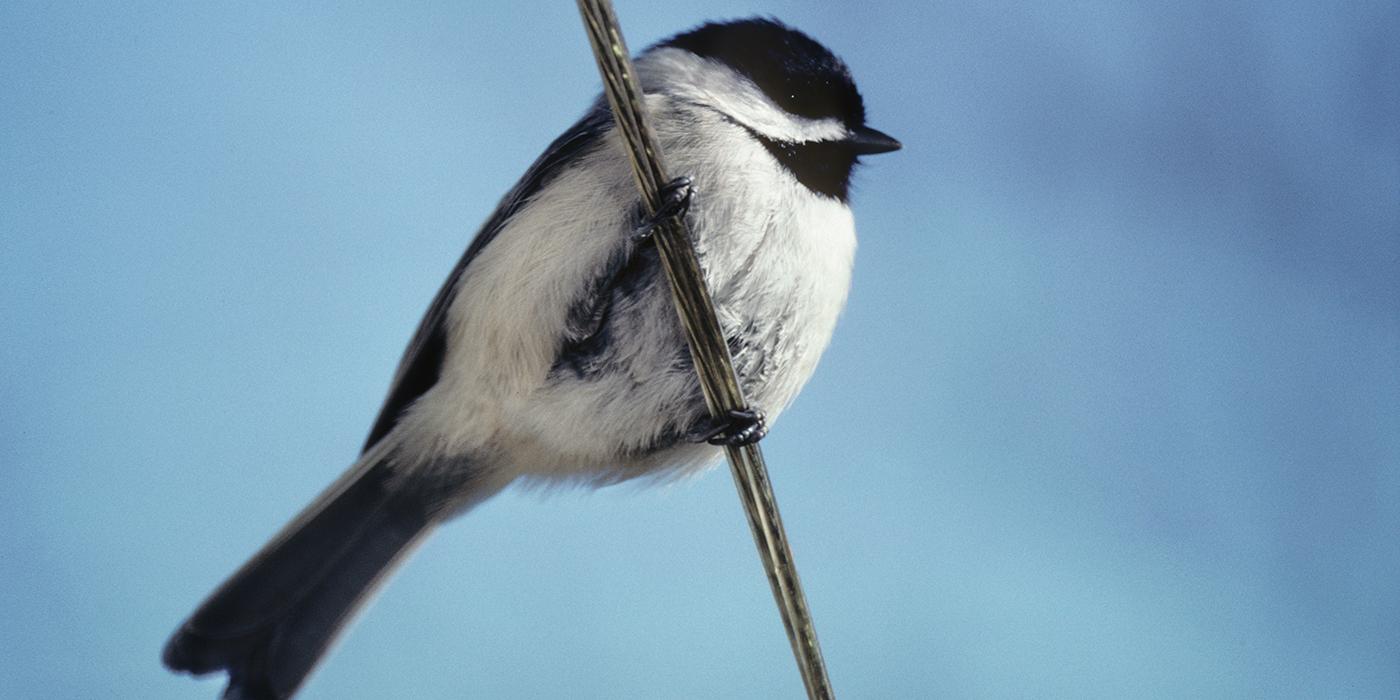Urban Ecology
Smithsonian Migratory Bird Center scientists study Carolina chickadees in urban and suburban yards to understand the effects of nonnative plants on breeding birds and the insects they eat.
Populations of insectivorous birds (birds that eat insects) decline as landscapes become more urban, but there has been little research to determine what specific urban features may be causing these declines. Nonnative plants are very common in urban areas because of horticultural preferences, but these plants may not support local biodiversity as well as native plant species. SMBC scientists are studying how nonnative plants affect the availability of insects, as well as the behavior, diet and population growth of a common backyard bird, the Carolina chickadee.
Their research has been conducted in the D.C. metropolitan area where scientists surveyed plants, insects and birds in more than 200 residential properties of participating Neighborhood Nestwatch volunteers. They use a combination of field observations (point counts, behavioral surveys, nest monitoring and bird banding), lab work (stable isotopes) and technology (radio-telemetry) to assess the role of nonnative plants on urban food webs.
Future research will determine how changes in plant communities affect bird and insect community diversity, as well as species interactions and diet. The researchers are also investigating which plant species may be disproportionately supporting food web interactions in order to guide restoration and conservation recommendations for urban areas.
This research is conducted in partnership with Dr. Doug Tallamy from the University of Delaware, Dr. Amanda Rodewald from the Cornell Lab of Ornithology and Dr. Tomas Carlo from Penn State University.
The study was made possible thanks to generous funding and support from the National Science Foundation, University of Delaware, North American Bluebird Society and Maryland Ornithological Society.










